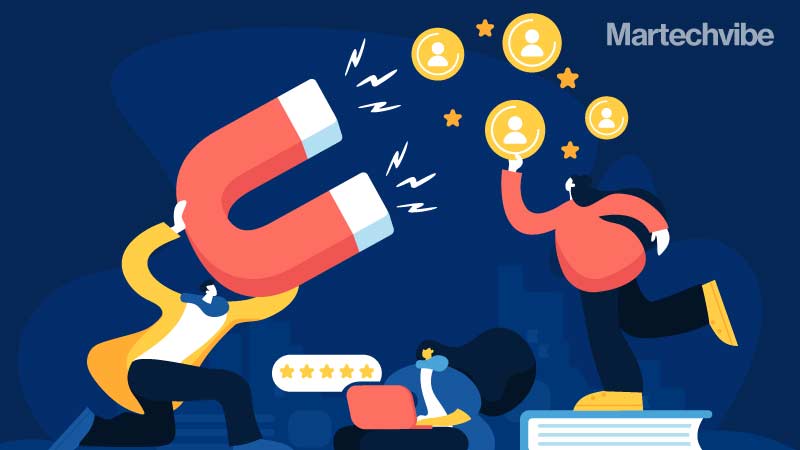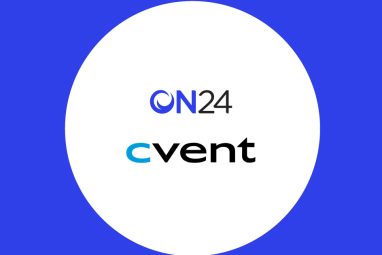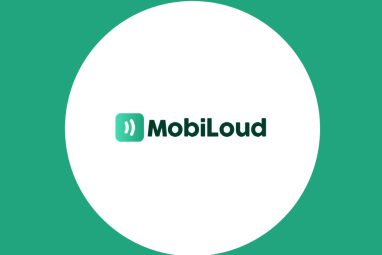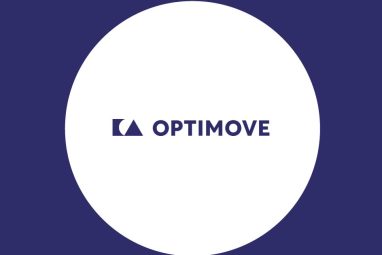WebEngage Releases Customer Retention Playbook
The report sheds light on some of the winning strategies in contemporary user engagement and customer retention strategies in the MENA region. Consumer buying behaviour has evolved and continues to grow dramatically. As a result, it has become mission-critical for brands to pivot to omnichannel approaches and engage the right customer at the right time […]
Topics
What to Read Next
- Cvent to Acquire ON24 for $400 Million
- MobiLoud Unveils AI-Powered Analytics Dashboard for Mobile App Insights
- Avaya Chooses Gemini Enterprise & Google Workspace to Power AI Strategy
- Optimove Launches New Email Marketing Solution
- iMini AI Integrates Kling 2.5 Turbo & Wan 2.6 for Next-Gen AI Video Creation

The report sheds light on some of the winning strategies in contemporary user engagement and customer retention strategies in the MENA region.
Consumer buying behaviour has evolved and continues to grow dramatically. As a result, it has become mission-critical for brands to pivot to omnichannel approaches and engage the right customer at the right time through the proper channels.
WebEngage, a full-stack service provider specialising in customer retention, engagement, and automation, has launched the 2022 edition of its Trends & Insights report, Cross Channel User Engagement – A Winner’s Playbook.
The report uncovers that dynamic lifecycle campaigns generate 2–7X more click-through and conversion rates than standalone campaigns. As far as user engagement patterns in the MENA region are concerned, the best time to send emails is between 4–8 PM, with 24 per cent of conversions happening during this time. In addition, the best time to send WhatsApp messages is between 12–4 PM, with 33 per cent of all conversions happening during this time. Overall, the SaaS company has revealed the highest conversion rates between 12–10 PM in the MENA region.
“I’d call this a cheat-sheet rather than a playbook because, to the right eye, it’s a fail-proof customer retention strategy on a platter. Today’s customers are spoilt for choices, and they expect brands to go above and beyond their normal code of conduct,” said Chirag Parmar, Senior Manager – Special Projects, WebEngage.
“They expect brands to not just understand their needs but predict their requirements. With thousands of data points a brand tracks per user, it is only fitting for customers to expect a hyper-personalised experience. If there’s anything the last couple of years have taught us, it is that challenges, and opportunities, will keep emerging. Experimenting, adapting, and course-correcting are the only way out.”
WebEngage has also assembled fail-proof marketing strategies being adopted by leading brands and digital marketers, especially in the aftermath of the pandemic outbreak and the accompanying increase in digitalisation. The report also touches upon how the omnichannel strategies and each channel have contributed to the bottom lines of digital-first organisations.
The key highlights include:
- The correlation between the global crisis and the increase in channel adoptions between 2020–22
- Uptake of contextualised and personalised campaigns concerning standalone promotional campaigns
- Industry-specific channel bifurcation strategies
- Current trends in channel bifurcation strategies across industries
- Preferred channels for user engagement across geographies
- Best time slots for user engagement in specific channels and geographies
“We’ve experienced 3–4 years of growth in just 3–4 quarters for our customers. They’ve been resilient, innovative, and heavily invested in focusing on a single north-star metric: Customer Retention. Customer retention has been, and continues to be, the differentiating strategy of sustainable, high-growth businesses and unicorn bubbles,” said Avlesh Singh, Co-Founder & CEO, WebEngage.
“The marketing landscape has dramatically changed. With advancements in technology and the availability of data, the struggle is no longer to find what sticks but more towards bringing a synergy between data and technology. It’s the era of predictive marketing, where marketers now need to think beyond just witty one-liners and eye-catching graphics.”








































































































